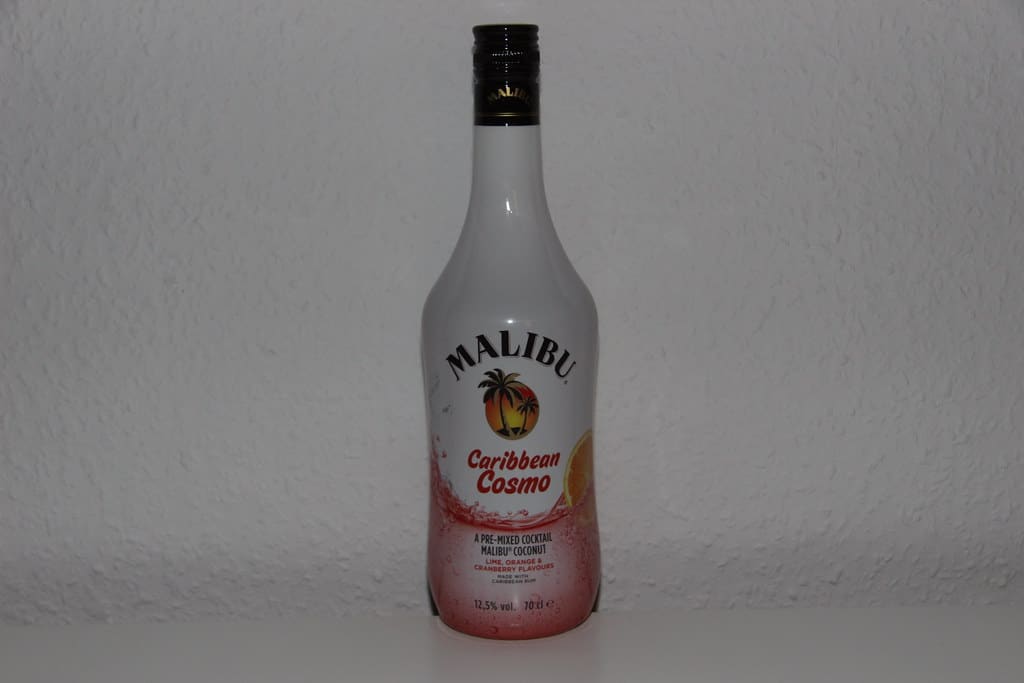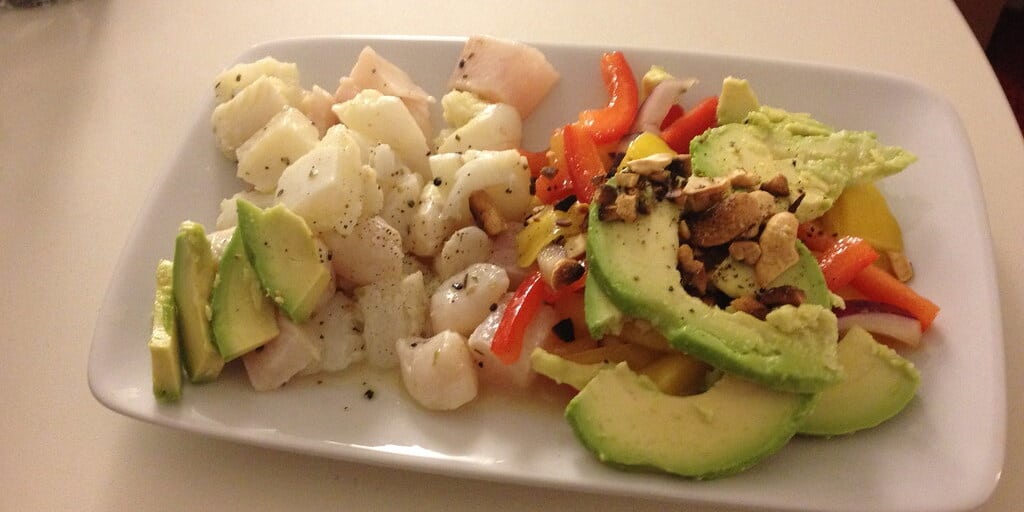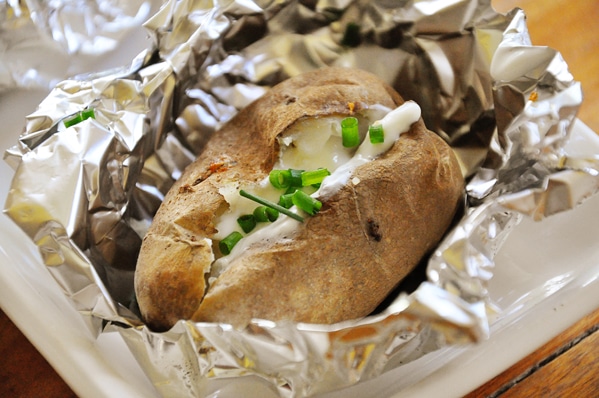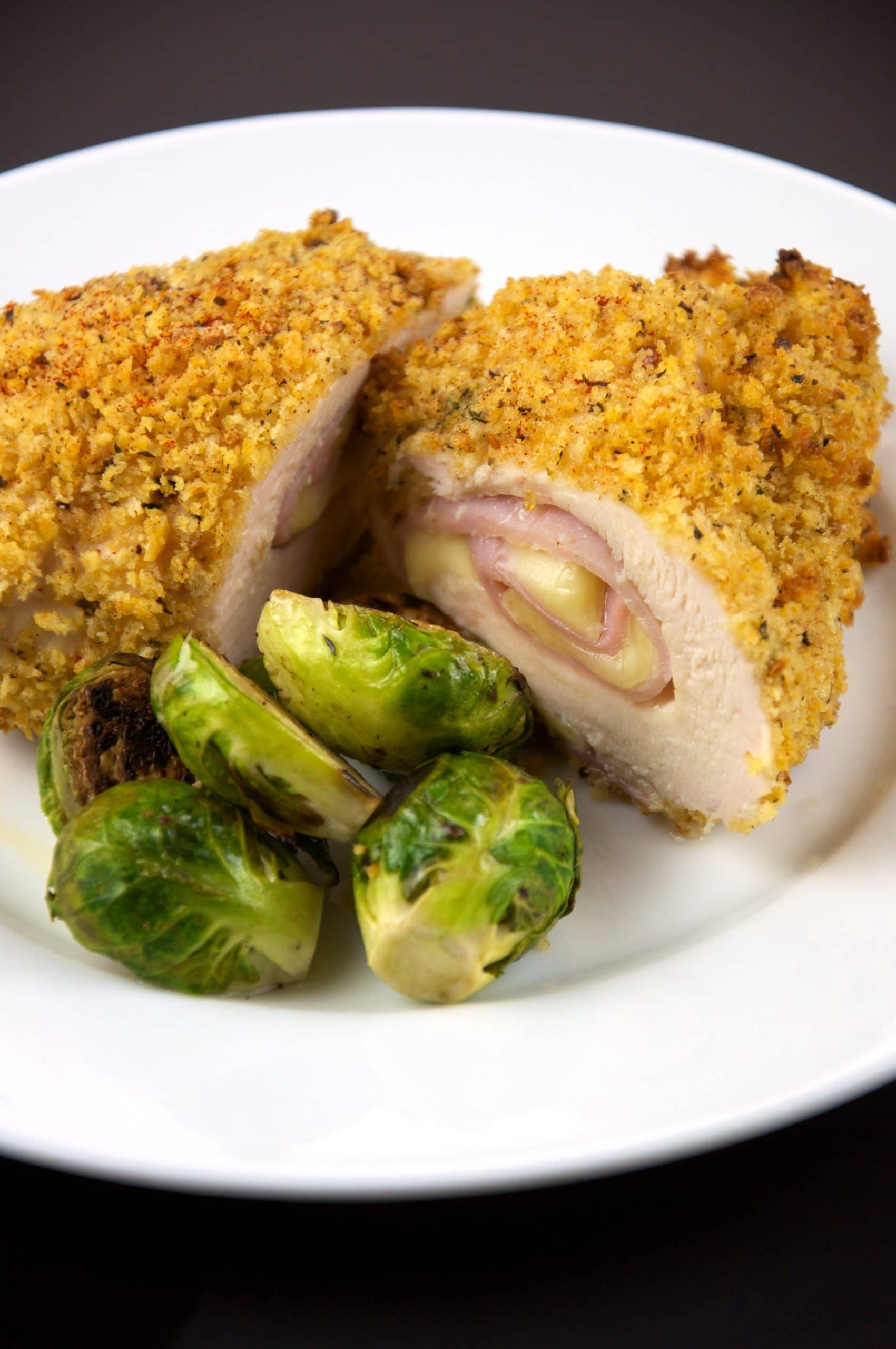Picture yourself in a store, suddenly seeing **all kinds of butters** lined up on the shelf.
Each type has similar packaging and the same overall shape; in the sticks.
You are used to recipes and measuring ingredients using spoons-either teaspoons or tablespoons.
How, therefore, can you tell how many teaspoons are in a stick of butter?
Maybe you’re a chef or just like cooking, how will you keep track of teaspoons and pounds when some of your ingredient measurements are in sticks?
We’ve got you covered.
So, how many tsp in stick of butter?
A standard-size stick of butter contains 24 tsp (teaspoons).
This also corresponds to 8 tablespoons.
Some stores may provide butter sticks in various sizes, with instructions on how to convert the sizes (such as pounds) to teaspoons or tablespoons.
However, butter sticks of standard size are the most convenient for conversions and exact measurements.
This article will walk you through all the necessary conversions.
It’ll go into further detail on how to conduct conversions and measurements for your culinary endeavors.
After reading this post, you’ll be able to confidently navigate the store for butter and know precisely how much to add to your recipe.
Read on to learn more.
What is a stick of butter?
A stick of butter is a unit of measurement that equals 1/4 pound or 4 ounces.
In the United States, sticks of butter are typically sold in 1/2-pound and 1-pound packages.
Each package contains two sticks of butter.
Sticks of butter are also sold individually wrapped, and you can find them near the margarine at most grocery stores.
Butter is also measured in grams and tablespoons.
One stick of butter contains 113 grams.
Sometimes, the gram measurement may differ slightly depending on your country.
In addition, one stick of butter is equivalent to 8 tablespoons.
The nutritional value of a stick of butter can differ depending on the brand.
One stick of butter contains all the nutrients in butter; milk, fats, calcium, and vitamin A.
How do I convert sticks of butter to tablespoons and teaspoons?
If you’re working with a recipe that uses sticks of butter, but you only have tablespoons or teaspoons, here’s how to go about the conversions:
1 stick of butter = 8 tablespoons
1 stick of butter = 24 teaspoons
3/4 stick of butter = 6 tablespoons (18 teaspoons)
2/3 stick of butter = 5 1/3 tablespoons (16 teaspoons)
1/2 stick of butter = 4 tablespoons (12 teaspoons)
1/3 stick of butter = 2 2/3 tablespoons (8 teaspoons)
1/4 stick of butter = 2 tablespoons (6 teaspoons)
Now that you know how to do the conversions let’s say you have a recipe that calls for 1/2 a stick of butter, but all you have is a tablespoon measurement.
In this case, you would need to use 4 tablespoons (you multiply the value by 8: 1/2 multiplied by 8).
While using teaspoons, multiply the value by 24 as 1 stick equals 24 teaspoons.
Therefore, in this case, 1/2 stick will be 12 (1/2 multiplied by 24).
One tablespoon equals 3 teaspoons.
In the example above, you can convert the tablespoons into teaspoons directly.
We needed 4 tablespoons; this also means we need 12 teaspoons (4 * 3).
So, if you use tablespoons or teaspoons in your kitchen, you can easily convert the other and get accurate ingredient measures.
How many tablespoons in a stick of butter?
One stick of butter is equal to 8 tablespoons or 1/2 cup.
If you need 3/4 stick of butter, that would be 6 tablespoons (3/4 * 8), and 2/3 stick of butter would be 5 1/3 tablespoons (2/3 * 8).
When measuring ingredients in tablespoons, it’s best to use a spoon that is the typical size.
A standard US tablespoon is a unit volume of 1 tablespoon standardized worldwide.
While using the tablespoon, you should fill it to the brim.
One standard tablespoon is also equivalent to 15 ml and is equal to 1/16 cup.
Sometimes, ingredient measures are given in milliliters, necessitating a basic understanding of conversions.
How many teaspoons in a cup of butter?
There are 48 teaspoons in a cup of butter.
One standard cup holds 8 fluid ounces or 236.6 milliliters.
When measuring your ingredients in teaspoons, use one that is the typical size.
A standard US teaspoon is a unit volume of 1 teaspoon standardized worldwide.
It contains approximately 5 ml and is 1/48 of a cup.
One cup also contains 2 sticks or 1/2 pound of butter.
A cup of butter will contain 48 teaspoons, as 1 stick equals 24 teaspoons.
If your kitchen has cups of various sizes, precise amounts will necessitate that the objects you use are graduated.
As a result, you may utilize any-sized container as long as you can accurately measure the correct value from its graduations or calibrations.
Knowing the conversions into cups, you can also use them to measure your ingredients accurately.
For example, if your recipe calls for 1/3 cup of butter, you’ll use 16 teaspoons of butter or 5.33 tablespoons (1/3 * 16).
If you need half a cup, this will be 24 teaspoons of butter or 8 tablespoons.
What should I do if I use the incorrect butter amounts in a recipe?
Sometimes, we make mistakes in the kitchen.
We might grab the wrong measuring spoon or accidentally use too much or less of an ingredient.
If you’ve accidentally used the wrong amount of butter in your recipe, don’t worry, there are a few ways to fix it.
Look at these scenarios and how to go about them:
When you add excess butter
If your recipe is for cookies or cakes, where the dough is supposed to be dry, try adding more flour to the mix.
If your dough is too wet, add a little dry ingredient like powdered sugar or cocoa powder.
If you’re making a sauce or something that’s supposed to be liquid, try cooking it down for longer so that some water will evaporate.
When you use too little butter
If you accidentally use too little butter, you may need to add more of another fat-like oil or cream, but this may slightly change the flavor and texture of your dish.
If you’re making something sweet like cookies, you might be able to make up for the lack of butter by adding more sugar.
Variations in ingredients’ amounts
You may alter any ingredient’s amounts by changing (adjusting) the volume of other components.
For example, you can increase the amount of butter in a recipe by lowering its liquid requirement.
This will maintain the butter-to-flour ratio, and your baked goods should still turn out well.
Frequently asked questions (FAQs)
Are tablespoons better than teaspoons for measuring ingredients?
In general, tablespoons are better than teaspoons for measuring ingredients.
Tablespoons are a larger measurement than teaspoons, so they are more accurate.
Additionally, you can use tablespoons to measure liquid and dry ingredients, whereas you’ll use teaspoons to measure mostly only liquids.
How many grams is a stick of butter?
Butter sometimes is packaged in grams.
One stick of butter is equivalent to 113 grams.
This amount may also depend on which part of the world you live in and how the butter is handled there.
When utilizing grams, you must also apply the standard conversion rules.
Can I use a different size spoon to measure my ingredients?
If you don’t have a tablespoon or teaspoon that is the typical size, you can use another size spoon, but you’ll need to be more precise in your measurements.
For example, if you use a teaspoon smaller than the standard size, you’ll need to use more teaspoons to measure the same amount of an ingredient.
What happens if I use the wrong measurement of butter in my recipe?
If you use the wrong butter measurement in your recipe, it might not turn out how you wanted it to.
For example, if you use too much butter, your baked goods might be too greasy.
If you use too little butter, your baked goods might be too dry.
Are butter sticks all the same?
No, butter sticks are not all the same.
They come in different sizes, depending on countries and brands.
For example, in the United States, butter sticks are typically 1/2 cup each, whereas, in Europe, they generally are 1/4 cup each.
Does the state of butter affect the measurements?
Yes, the state of butter can affect its measurements.
For example, 1 cup of melted butter differs from 1 cup of solid butter.
This is because when butter melts, it expands in volume.
Additionally, 1 cup of grated butter differs from 1 cup of cubed butter; grated butter has a lower density than cubed butter.
In your recipe, it’s recommended to use the typical solid butter for accuracy.
To conclude
When using butter sticks with teaspoons and tablespoons, note that there are 8 tablespoons or 24 teaspoons in a stick of butter.
To convert sticks of butter to tablespoons and teaspoons, multiply the value by 8 for tablespoons and 24 for teaspoons.
When measuring ingredients in tablespoons and teaspoons, use a spoon that is the typical size.
One cup of butter also contains 2 sticks or 1/2 pound of butter.
This means that one cup of butter contains 48 teaspoons, as 1 stick equals 24 teaspoons.
Knowing the conversions into cups, you can also accurately measure your ingredients in them.
- 25 Yummy Ice Cream Dessert Recipes - July 27, 2024
- 25 Delicious Pasta Side Dishes - July 27, 2024
- 25 Easy Bread For Breakfast Recipes - July 27, 2024



